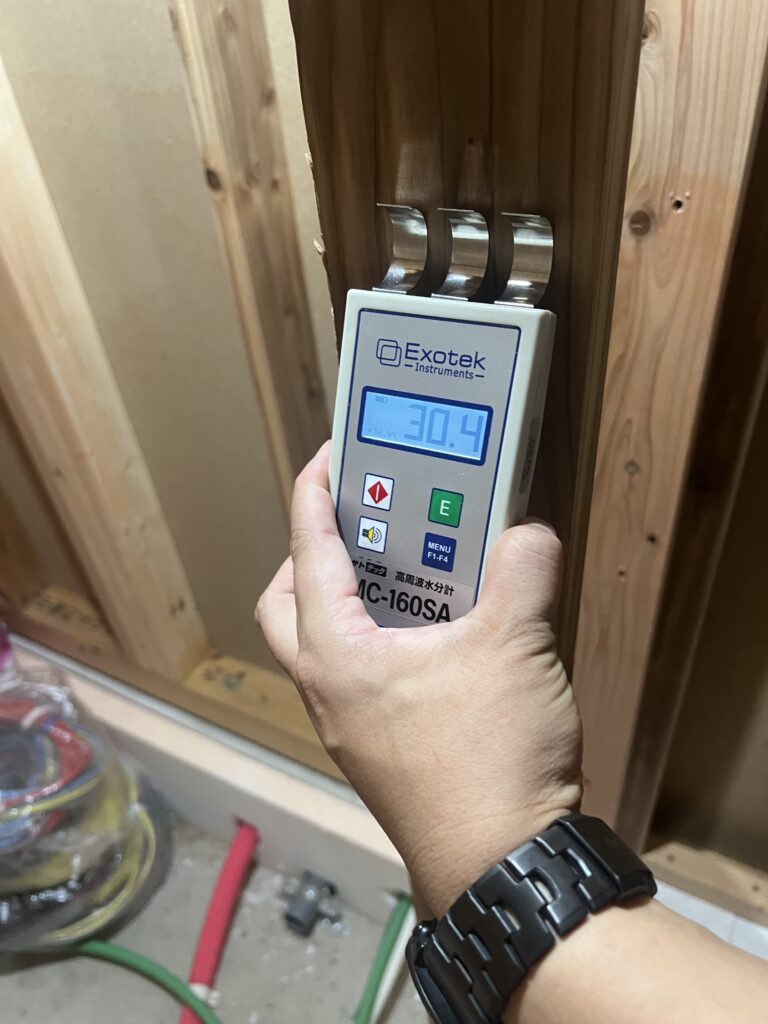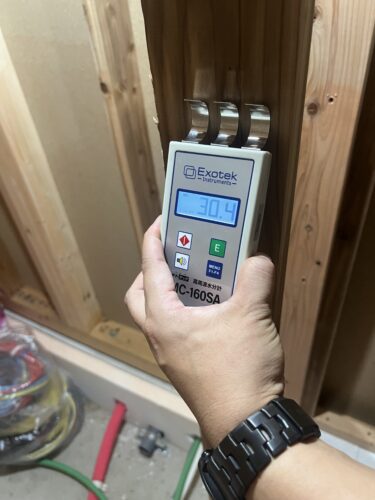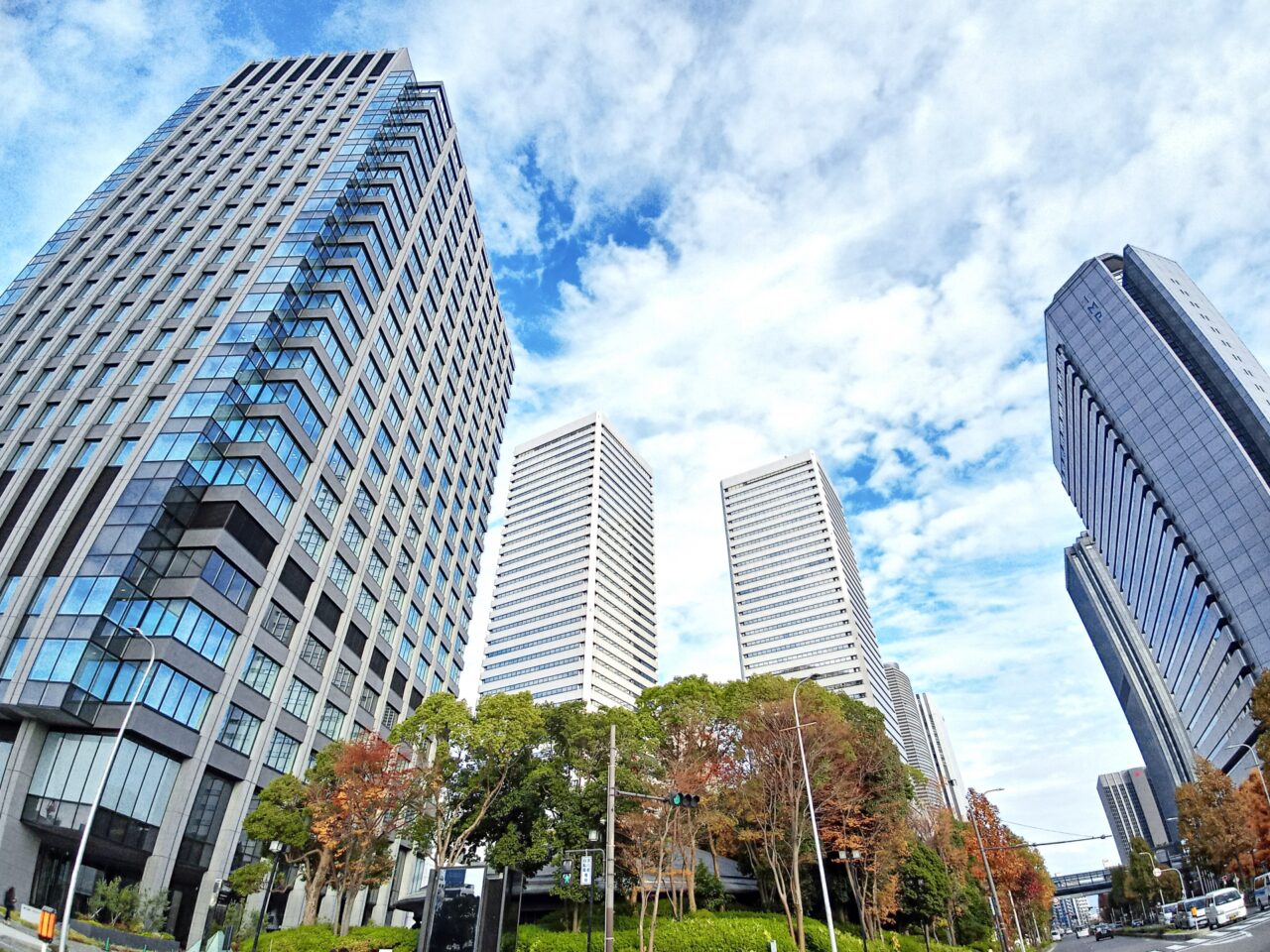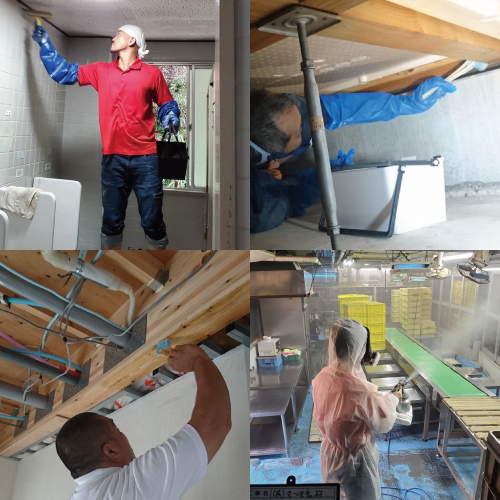Problem Statement
Due to Japan’s humid climate, embassy and consulate residences often experience mold problems and musty odors, which can result in serious health and diplomatic issues if left untreated.
What You’ll Learn
This article explains the causes of mold, the health implications, legal obligations, and advanced removal methods such as the MIST Method®, offering comprehensive insight into preventing recurrence in high-standard residences.
Benefits of Reading
You’ll discover expert-backed strategies to maintain a healthy, odor-free environment in diplomatic homes, build trust with foreign residents, and ensure regulatory compliance with proactive mold management.
1. Actual Mold Issues in Embassy and Consulate Residences
Embassy and consulate residences must always maintain clean and comfortable living conditions. However, Japan’s humid climate, building structures, and periods of vacancy often lead to frequent mold problems, affecting health and international trust.
1-1. Mold Risks from Japan’s Climate and Housing Structures
Japan’s high humidity during rainy and summer seasons creates ideal conditions for mold growth. Many diplomatic residences are older buildings with high insulation, which traps moisture and limits ventilation, further increasing mold risks.
1-2. Complaint Cases from Diplomats and Health Implications
Frequent complaints include visible mold on walls, strong musty odors, and health symptoms like coughing or headaches. Mold spores in the air may cause allergic reactions, asthma, or skin irritation, especially in children and elderly individuals.
2. Legal Liability and Response of Public Corporations
In public housing or diplomatic accommodations, the government or managing body holds a legal responsibility to ensure habitable conditions. Mold issues can result in legal claims if they compromise the resident’s health or living standards.
2-1. Responsibilities Under Japanese Civil Law
According to Article 606 of Japan’s Civil Code, landlords must maintain properties in livable condition. Mold issues can breach this duty, especially if they endanger health or impair the use of the property.
2-2. Complaint Handling System and Documentation
Prompt reporting, thorough inspections, and structured response manuals are critical. Every case should be documented with reports and follow-ups to prevent recurrence and maintain accountability.
3. Basic Mold Prevention: Humidity and Ventilation
The key to mold prevention lies in reducing indoor humidity and ensuring proper ventilation. These practices are not only essential for removal but also crucial for long-term prevention.
3-1. How to Maintain Indoor Humidity Below 50%
Use dehumidifiers or air conditioners with dehumidify settings, particularly in summer or rainy seasons. Place desiccants behind furniture or inside closets to reduce localized moisture accumulation.
3-2. Using Ventilation Fans and Air Circulators Effectively
Combine open windows with exhaust fans and air circulators to improve airflow. In moisture-prone areas like bathrooms and kitchens, continue ventilation after use to reduce condensation and lingering humidity.
4. High-Safety Mold Removal Technologies for Diplomatic Residences
Residences for dignitaries and diplomats demand highly safe and non-damaging mold removal methods. Traditional methods can harm building materials and fail to eliminate deep-rooted mold.
4-1. Limitations of Conventional Mold Removal
Store-bought mold cleaners may bleach surface mold but rarely eliminate deep-rooted fungi. Harsh chemicals can damage materials and pose health risks, particularly in sensitive environments.
4-2. MIST Method®: Deep and Safe Mold Eradication
The MIST Method® uses fine-mist sprays of pH-adjusted, material-safe agents that penetrate surfaces to eliminate mold from within. Post-treatment includes anti-mold coatings to prevent recurrence without damaging substrates.
5. Protecting Health with Proactive Mold Measures
Mold can severely impact the health of residents, particularly children, the elderly, or those with compromised immune systems. Preventative care is vital in diplomatic housing.
5-1. Impact on Children, the Elderly, and Vulnerable Individuals
Mold spores can trigger respiratory symptoms, skin conditions, and chronic allergies. Small children and elderly residents are especially susceptible to long-term health complications.
5-2. Risks to Staff and Visitors
In homes frequently visited by staff and guests, air quality control is essential. Air purifiers, anti-mold ventilation systems, and regular air quality monitoring can protect everyone who enters the property.
6. Building a Long-Term Mold Prevention System
After mold removal, continuous monitoring and environmental control are essential to avoid recurrence. Preventive frameworks should be implemented as a standard procedure.
6-1. Monitoring Humidity and Routine Inspections
Install temperature and humidity sensors, especially in moisture-prone areas, and conduct bi-annual inspections. Document conditions to detect anomalies early and prevent outbreaks.
6-2. Fungal Testing and Preventive Guidelines
Professional air sampling and fungal analysis offer a scientific approach to mold prevention. Use the results to develop custom prevention guidelines shared with residents and staff.
7. Multilingual Support for Foreign Residents
Many foreign diplomats require English-language support to understand technical issues. Providing multilingual documentation and support ensures trust and transparency.
7-1. Importance of English Support and Clear Communication
Providing English versions of inspection reports, safety data sheets, and prevention manuals makes residents feel informed and respected. Trained bilingual staff can address concerns more effectively.
7-2. Using English-Speaking Mold Professionals
Hiring mold removal professionals with English proficiency ensures that the entire removal process is clearly explained and professionally executed, enhancing trust among foreign residents.
8. Real-Life Case Studies of the MIST Method®
The MIST Method® has proven results across embassies, luxury residences, and cultural properties. Its success lies in deep cleaning and long-term mold control without structural damage.
8-1. Embassy Residence Restoration Example
In one embassy case, severe mold in the ceiling and closet was eliminated using the MIST Method®. Residents reported immediate symptom relief and improved indoor air quality after treatment.
8-2. Use in Luxury and Historic Properties
The method has been applied to historic wooden structures and luxury condos, maintaining architectural integrity while preventing mold recurrence, earning high satisfaction from stakeholders.
9. From Complaints to Trust: Management’s Role
How complaints are handled directly affects trust. A structured response process, including investigation, remediation, and transparent reporting, turns a negative experience into a positive impression.
9-1. Standard Complaint Response Process
Document the incident, conduct on-site inspection, explain the plan, perform treatment, and issue a final report. Standardizing this response process ensures consistent service quality.
9-2. Importance of Manuals and Internal Structure
Establish internal teams and protocols to ensure readiness. Mold-response manuals, inspection templates, and regular staff training enhance the credibility of property management.
10. Communication for Relationship Repair and Prevention
Beyond treatment, trust is built through communication and follow-up. Transparent sharing of information and ongoing checks signal professionalism and care.
10-1. Clear Explanations and Transparency with Residents
Provide residents with detailed explanations about mold sources, treatment methods, and prevention plans. Use visual reports and documents to ensure clarity.
10-2. Post-Treatment Follow-Ups and Added Services
Scheduled follow-ups after 1 week, 1 month, and 3 months show a commitment to ongoing safety. Offering advice or equipment for dehumidification adds further value.
About Us: Taiko Kensou, Operator of Kabi Busters Osaka and Kabi Reform Tokyo & Nagoya
At Taiko Kensou Co., Ltd., we proudly operate two specialized mold control and renovation services: Kabi Busters Osaka and Kabi Reform Tokyo & Nagoya. Our proprietary MIST Method® ensures thorough and safe mold removal without damaging materials—ideal for diplomatic residences, government housing, and high-end properties.
What sets us apart is our ability to provide mold remediation and renovation in one comprehensive service. When mold causes damage to walls, flooring, or structural elements, we restore both the health and beauty of your living space through coordinated repair and replacement work.
Our renovation services include:
-
Interior Remodeling: Wallpaper, flooring, ceilings, Japanese-Western conversions.
-
Bathroom & Kitchen Upgrades: Moisture-prone areas optimized for mold resistance.
-
Exterior Repairs: Wall and roof maintenance, insulation enhancements.
-
Facility Renovations: Hotels, childcare centers, medical institutions.
-
Barrier-Free Renovation: Elderly-friendly upgrades for safety and comfort.
With full-cycle solutions from removal to prevention to repair, Taiko Kensou offers unmatched quality and reliability. Contact Kabi Busters Osaka or Kabi Reform Tokyo & Nagoya today for expert consultation and services tailored to your needs.





